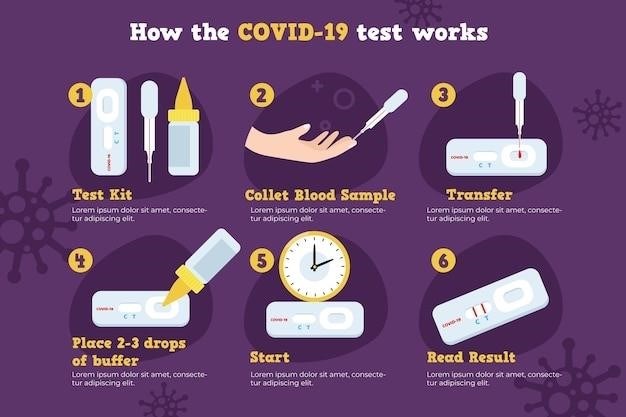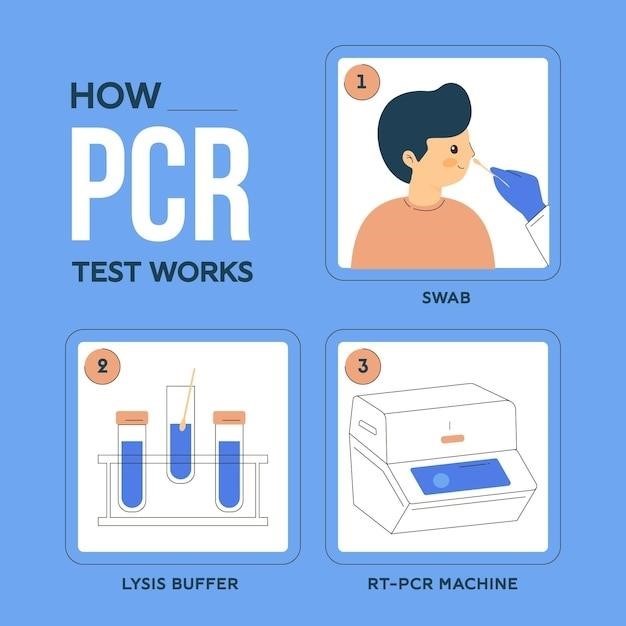3-way test kit instructions

This comprehensive guide will walk you through the steps of using your 3-way test kit to accurately measure and maintain the optimal chemical levels in your swimming pool or spa. The kit provides a simple and effective way to test for chlorine, bromine, and pH levels, essential for ensuring a safe and enjoyable swimming experience.
Introduction
Maintaining the proper chemical balance in your swimming pool or spa is crucial for a safe and enjoyable swimming experience. Unbalanced water can lead to skin irritation, eye discomfort, and even damage to your pool equipment. A 3-way test kit provides a convenient and accurate way to monitor the chlorine, bromine, and pH levels in your water. This kit is designed to be user-friendly, making it easy for anyone to test and adjust their pool or spa water chemistry.
Understanding the principles behind each chemical test is essential for interpreting the results and making informed decisions about how to treat your water. Chlorine and bromine act as disinfectants, killing bacteria and other microorganisms that can contaminate your pool. pH measures the acidity or alkalinity of the water, impacting the effectiveness of chlorine or bromine and the overall comfort of swimmers. By regularly testing and adjusting these levels, you can ensure that your pool or spa water is safe, clean, and enjoyable for everyone.

Preparing for the Test
Before you begin testing your pool or spa water, it’s important to gather the necessary materials and prepare your testing area. Ensure you have your 3-way test kit, a clean container for collecting the water sample, and a clear and well-lit area where you can easily compare the color of your water sample to the color chart provided in the kit.

To collect an accurate water sample, choose a location in your pool or spa that is away from the return lines, where the water is being circulated back into the pool. The ideal depth for taking the sample is between 12 and 18 inches. Use the clean container to collect the water sample, making sure to avoid any debris or floating objects.
Once you have your water sample, it’s important to rinse the test vial thoroughly before each test to ensure that no residue from previous tests will interfere with the results. This simple step will help to maintain the accuracy of your readings.
Chlorine Test
The chlorine test is crucial for maintaining a safe and healthy swimming environment. Chlorine acts as a disinfectant, killing bacteria and algae that can contaminate your pool water. To conduct the chlorine test, follow these steps⁚
Add 5 drops of Solution 1 (chlorine reagent) to the test vial, which should contain your 10ml water sample.
Securely cap the test vial and invert it several times to mix the solution thoroughly with the water sample.
Allow the solution to react for about 30 seconds, during which the water sample will change color.
Compare the color of your water sample to the chlorine color chart provided in your test kit. Match the color of your sample to the corresponding chlorine level on the chart.
Record the chlorine level, which is typically measured in parts per million (ppm).
Bromine Test
Bromine, similar to chlorine, functions as a disinfectant in swimming pools and spas. It effectively controls bacteria and algae growth, offering a gentler alternative to chlorine for those with sensitive skin. To perform the bromine test, follow these steps⁚
Fill the test vial with a 10ml water sample from your pool or spa.
Add 5 drops of Solution 2 (bromine reagent) to the test vial.
Securely cap the vial and shake it vigorously to ensure thorough mixing of the reagent and water sample.
Allow the mixture to react for approximately 30 seconds. The water sample will change color based on the bromine concentration.
Compare the color of your water sample to the bromine color chart provided in your test kit. Match the color to the corresponding bromine level on the chart, usually expressed in parts per million (ppm).
Record the bromine level for future reference and to track maintenance needs.
pH Test
The pH level of your pool or spa water is a crucial factor in maintaining its balance and effectiveness. A properly balanced pH level ensures that your sanitizer works efficiently and prevents irritation to swimmers. The pH scale measures the acidity or alkalinity of a solution.
To conduct the pH test, follow these steps⁚
Fill the test vial with a 10ml water sample from your pool or spa.
Add 5 drops of Solution 3 (pH reagent) to the test vial.
Securely cap the vial and shake it vigorously to ensure thorough mixing of the reagent and water sample.
Allow the mixture to react for approximately 2 minutes. The water sample will change color based on the pH level.
Compare the color of your water sample to the pH color chart provided in your test kit. Match the color to the corresponding pH level on the chart, usually expressed in a numerical range from 0 to 14.
Record the pH level for future reference and to track maintenance needs.
Interpreting Results
After completing the chlorine, bromine, and pH tests, you’ll have a clear understanding of your pool or spa’s chemical balance. The results provide valuable insights into the water’s health and safety.
The ideal chlorine or bromine levels for a swimming pool are typically between 1 and 3 parts per million (ppm). For spas, the recommended levels are slightly higher, usually between 3 and 5 ppm. These ranges help to effectively sanitize the water and prevent bacteria growth.
The ideal pH level for pool water is between 7.2 and 7.6. This range ensures that the sanitizer works efficiently and minimizes irritation to swimmers.
If your test results show that your pool or spa water is out of balance, it’s important to take corrective action to adjust the chemical levels.
Remember that maintaining a balanced chemical environment is essential for a safe and enjoyable swimming experience.
Maintaining Proper Levels
Regular testing and adjustments are crucial for maintaining optimal water quality in your swimming pool or spa. Consistent monitoring helps to ensure a safe and enjoyable swimming experience for everyone.
To maintain proper chlorine or bromine levels, it’s essential to add sanitizer regularly. The amount of sanitizer needed depends on factors such as pool size, water temperature, and bather load. It’s a good practice to add sanitizer every few days, especially during periods of heavy use.
Adjusting the pH level can be achieved using pH increaser or decreaser products. If the pH is too high, add a pH decreaser, and if it’s too low, add a pH increaser. Always follow the product instructions carefully for proper dosage and application.
Maintaining proper water balance is a continuous process. Regular testing and adjustments, along with proper filtration and circulation, are vital for ensuring a healthy and enjoyable swimming environment.
Troubleshooting
While the 3-way test kit is designed for simplicity and accuracy, occasional issues might arise. Understanding common troubleshooting steps can help you address these issues effectively.
If you encounter inconsistent readings, ensure the test vial is clean and dry before each test. Rinse it thoroughly with fresh water and allow it to air dry. Also, double-check that the test solutions are within their expiration date. Expired solutions can lead to inaccurate results.
If the color of the water sample doesn’t match any of the color charts, it might indicate a potential issue with the test kit itself. It’s advisable to contact the manufacturer or a pool professional for guidance on replacement or troubleshooting.
Remember, consistent testing and monitoring are crucial for maintaining optimal water quality. If you experience persistent issues or have any doubts, it’s always best to seek advice from a qualified pool professional.
Safety Precautions
While using the 3-way test kit is generally safe, it’s crucial to follow these safety precautions to ensure a safe and enjoyable testing experience.
Always wear appropriate safety goggles to protect your eyes from splashes or accidental contact with the test solutions. These solutions can irritate the eyes, so it’s essential to take this precaution seriously.
Keep the test kit and its components out of reach of children and pets. The test solutions can be harmful if ingested, and the kit’s small parts present a choking hazard. Store the kit in a cool, dry place away from direct sunlight or extreme temperatures.
Avoid contact with the test solutions on your skin or clothing. If accidental contact occurs, wash the affected area immediately with soap and water. If irritation persists, seek medical attention. Remember, safety is paramount when handling any chemicals, even in small quantities.
Storage and Disposal
Proper storage and disposal of your 3-way test kit are essential for both safety and environmental responsibility. Here’s how to ensure you’re doing it right.
Store the test kit in a cool, dry place, away from direct sunlight and extreme temperatures. Avoid storing it near heat sources or in areas where it might be exposed to moisture or spills. Keep it out of reach of children and pets.
When disposing of the test kit, follow local regulations and guidelines for hazardous waste disposal. Do not pour the test solutions down the drain or into the environment. Check with your local waste management authority for specific instructions on how to dispose of the chemicals safely.
Empty containers should be rinsed thoroughly with water and disposed of properly. Never reuse the containers for other purposes. By following these simple guidelines, you’ll help protect the environment and ensure the safe disposal of your 3-way test kit.
Additional Information
For optimal results and longevity of your 3-way test kit, consider these extra tips⁚
- Regular Cleaning⁚ Rinse the test vials and dropper thoroughly with clean water after each use to prevent residue buildup and ensure accurate readings.
- Solution Storage⁚ If your test kit includes separate solution bottles, make sure to store them tightly sealed and in a cool, dark place. Avoid exposing them to direct sunlight or heat.
- Calibration⁚ Some 3-way test kits may require occasional calibration using a known standard solution. Refer to your kit’s instructions for specific details on calibration procedures.
- Replacement⁚ Over time, the test solutions may lose their potency. Refer to the expiry date on the bottles and replace them as needed for accurate test results.
- Professional Assistance⁚ For complex water chemistry issues or if you’re unsure about interpreting your test results, consult a pool service professional for expert advice and assistance.
By following these additional tips, you can maximize the performance and lifespan of your 3-way test kit, ensuring reliable and accurate water quality testing for your pool or spa.